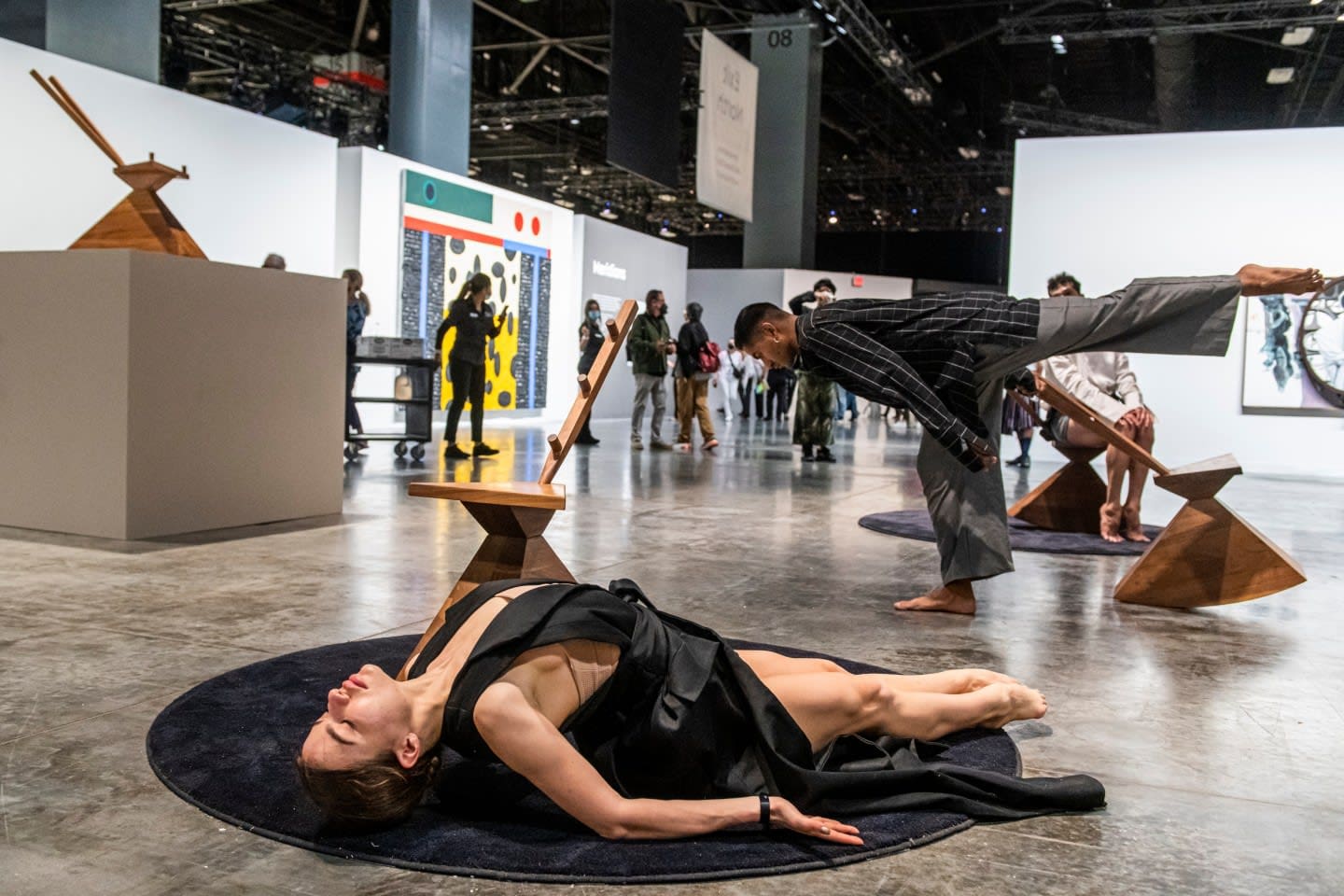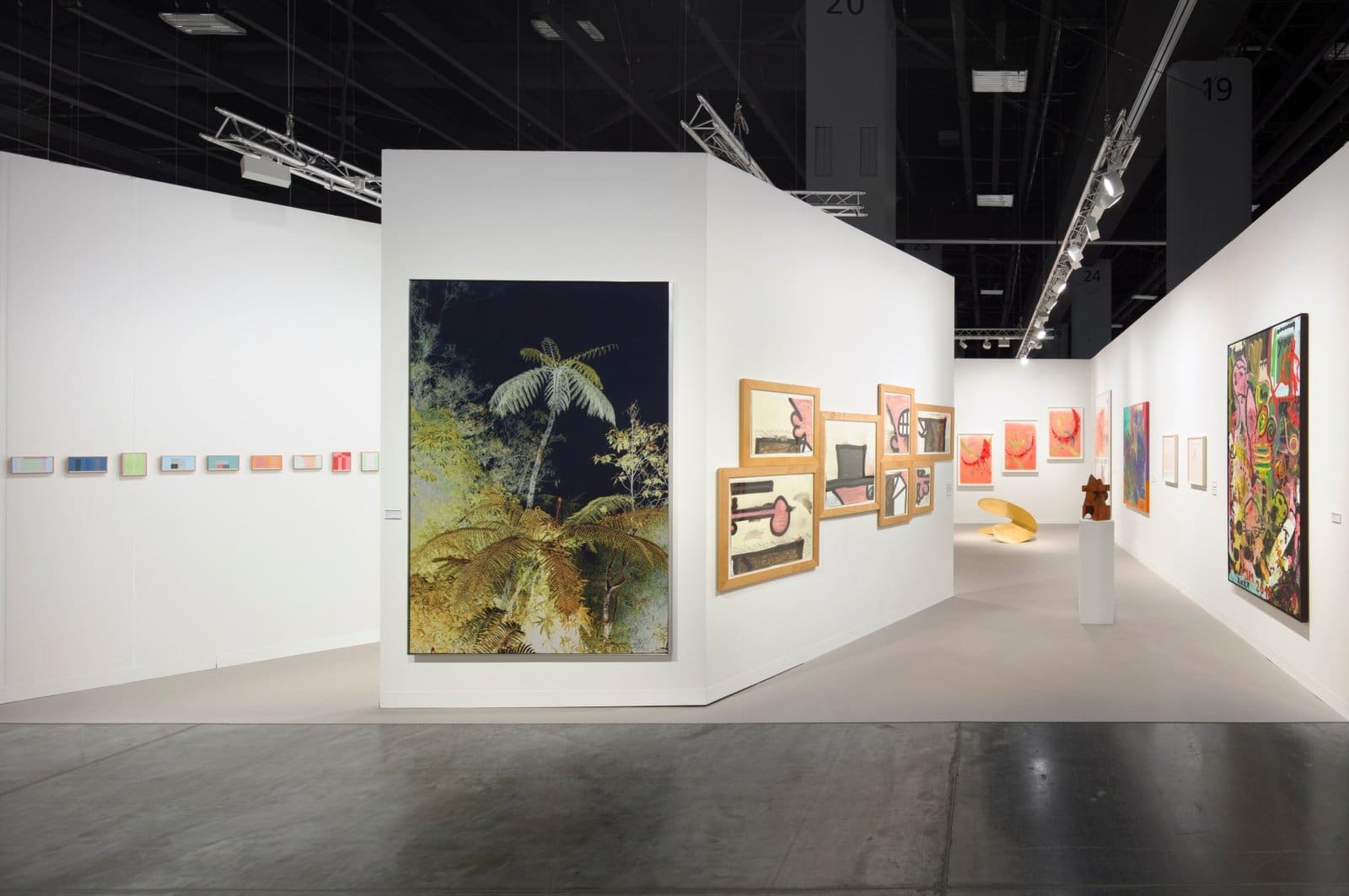As the iconic Art Basel fair prepares to make its highly anticipated return to Miami in on 6 – 8 December 2024, the influence of the world’s wealthiest families on this cultural juggernaut has never been more profound. This sophisticated analysis explores how family offices have become driving forces behind the evolution of Art Basel, deploying their considerable resources to not just participate, but to actively shape the future of this prestigious artistic extravaganza.
The Origins of Art Basel: A Brief History
The roots of Art Basel can be traced back to 1970, when three gallerists – Ernst Beyeler, Trudi Bruckner and Balz Hilt – established the first edition of the fair in the Swiss city of Basel. As Andrew Schneider, founder of Family Office Networks, reflects: “From the very beginning, Art Basel was intricately tied to the patronage of Europe’s legendary family dynasties – the Rothschilds, the Medici, the Fuggers. It was their discerning eyes and deep pockets that lent the fair its early prestige and cachet.”
Fast forward to the present day, and the story of Art Basel has become inextricably linked to the rise of the global ultra-high-net-worth class. As Peter Apostol, CEO of Family Office Networks, observes: “The explosion of wealth creation, particularly in emerging markets, has transformed Art Basel into a nexus of family office activity. These institutions aren’t just passive collectors – they’re actively shaping the future of the art world.”
The Family Office Invasion of Art Basel
The proliferation of family office participation at Art Basel, both as collectors and curators, has had a profound impact on the character and composition of the fair. “It’s no longer enough to simply showcase blue-chip works,” notes renowned art advisor Penelope Barker. “Family offices demand curatorial narratives, immersive experiences, and opportunities for philanthropic engagement.”
This shift is exemplified by the Nahmad family’s landmark sponsorship of Art Basel’s Unlimited sector in 2019. As David Nahmad explains: “We didn’t just want to underwrite a section – we wanted to redefine it. By curating a programme that highlighted socially-conscious art, we were able to appeal to the growing cohort of family offices seeking to marry their collecting with their values.”
The Rise of Family Office-Backed Galleries

Recognising the outsized influence of family offices, many of the world’s leading art galleries have actively courted these deep-pocketed patrons. The result has been the emergence of family office-backed gallery models, where multigenerational wealth provides the capital and collections to challenge the established order.
Consider the example of Lévy Gorvy, co-founded by Brett Gorvy and Dominique Lévy. As Gorvy explains: “Our gallery was built on the foundation of family office relationships. By aligning ourselves with the priorities and purchasing patterns of ultra-high-net-worth collectors, we’re able to identify and champion artists that resonate with this influential audience.”
Art as Asset Class: The Financialisation of the Art Market
The growing presence of family offices at Art Basel has also accelerated the financialisation of the art market, as these institutions increasingly view artworks as tradable assets rather than purely aesthetic objects. “We’re seeing family offices deploy sophisticated portfolio management strategies around their art holdings,” observes art economist Dr. Clare McAndrew. “Everything from derivative trading to art-backed lending is becoming commonplace.”
This shift has not been without controversy, as concerns mount about the potential for art to become a speculative bubble. “There’s a fine line between treating art as an investment and treating it as a commodity,” cautions cultural historian Professor Grayson Perry. “When the wealthy start viewing artists as assets to be exploited, it can have a corrosive effect on the creative ecosystem.”
Philanthropic Initiatives and Cultural Stewardship
In response to these concerns, many family offices have sought to balance their financial interests with a sense of cultural stewardship. Ambitious philanthropic initiatives, often tied to Art Basel programming, have become a hallmark of the world’s wealthiest collectors.
The Swarovski Foundation’s sponsorship of the fair’s Architectural Prize is a prime example. As Victoria Swarovski explains: “For us, supporting Art Basel isn’t just about acquiring works – it’s about nurturing the next generation of creative visionaries and ensuring the long-term vitality of the art world.”
The Rise of Family Office Art Advisors
To navigate the increasingly complex and competitive landscape of the global art market, family offices have invested heavily in dedicated in-house art advisory teams. These specialists not only curate collections, but also serve as strategic intermediaries between their clients and the Art Basel ecosystem.
“The days of the lone connoisseur making intuitive purchases are over,” observes art advisor Lily Cole. “Family offices want data-driven strategies, provenance analysis, and long-term portfolio planning. Our role is to be part curator, part wealth manager – safeguarding both the cultural and financial value of these collections.”
The Miami Miracle: Art Basel’s American Ascendance
While Art Basel’s origins lie firmly in Europe, the fair’s explosion into the American market, particularly through its Miami iteration, has been a game-changer. This transformation has been fuelled, in no small part, by the active engagement of US-based family offices.
“Miami represents the perfect convergence of family wealth, cultural ambition, and sunny hedonism,” quips collector and gallerist Kenny Schachter. “For the new generation of American ultra-high-net-worth, Art Basel Miami Beach has become the ultimate playground – a place to see and be seen, to make deals and make merry.”
The Digital Frontier: Art Basel in the Metaverse
As the art world navigates the brave new world of Web3, family offices have emerged as early movers, leveraging their resources to stake a claim in the burgeoning digital art marketplace. The 2024 edition of Art Basel will feature the fair’s first foray into the metaverse, a move that many see as a harbinger of things to come.
“The integration of blockchain, NFTs, and extended reality into the Art Basel experience is inevitable,” predicts digital art curator Maya Kovskaya. “Family offices, with their appetite for innovation and long-term outlook, will be at the vanguard of this transformation, shaping the future of art collection and community-building in the virtual realm.”
Sustainability and Environmental Consciousness
Reflecting the growing emphasis on environmental, social, and governance (ESG) principles among the world’s wealthiest, family offices are increasingly using their influence at Art Basel to champion sustainable and socially-conscious artistic practices.
“It’s no longer enough to simply hang pretty pictures on the wall,” observes collector Nadia Samdani. “Our families want to see artists grappling with the great challenges of our time – climate change, social inequality, political upheaval. Art Basel must evolve to meet this demand for purpose-driven creativity.”
The Next Generation of Art Patrons

As wealth transfers to younger generations, the family office approach to Art Basel is undergoing a generational shift. Millennial and Gen Z heirs are bringing new priorities to the table, blending their aesthetic sensibilities with a stronger emphasis on social impact and community engagement.
“The days of the aloof, ivory tower collector are numbered,” predicts art advisor Sophia Seri. “The next generation of family office patrons want to be active participants in the artistic ecosystem, providing not just capital, but also mentorship, networking, and curatorial input. They see their Art Basel involvement as a means of catalysing positive change, not just accumulating status symbols.”
Recommendations for Family Offices
For family offices seeking to navigate the rarefied world of Art Basel, several strategic considerations emerge:
- Develop a Curated Collections Strategy: Rather than a scattershot approach, family offices should work with dedicated art advisors to build thematic, purpose-driven collections that align with their values and long-term vision.
- Embrace Philanthropic Engagement: Sponsoring prizes, commissioning public art installations, and supporting artist residencies can help family offices cement their cultural legacies while shaping the future of the art world.
- Leverage Global Connections: Family offices should leverage their extensive international networks to forge strategic partnerships, source exclusive opportunities, and position themselves as industry influencers at Art Basel.
- Explore Digital Frontiers: As the art world embraces Web3, family offices should consider investing in digital art, virtual exhibition spaces, and community-building initiatives within the metaverse.
- Foster Multigenerational Participation: Engaging younger family members in the Art Basel experience, through educational programmes and collaborative curation, can help ensure the longevity of the family’s artistic legacy.
Conclusion: The Family Office as Cultural Catalyst
As Art Basel prepares to dazzle Miami once again, the imprint of the world’s wealthiest families on this cultural juggernaut has never been more pronounced. From shaping curatorial narratives to pioneering new models of art patronage, family offices have emerged as driving forces behind the evolution of this prestigious fair.
Yet, their influence extends far beyond mere acquisition and sponsorship. By leveraging their resources to champion sustainable practices, support emerging artists, and cultivate the next generation of art lovers, these family institutions are positioning themselves as catalysts of positive change – reshaping not just the art world, but the very contours of global culture.
In an age of growing wealth inequality and societal unrest, the family office’s role as cultural steward has never been more critical. As Andrew Schneider aptly observes, “The true mark of an enlightened family office is not the size of its art collection, but the lasting impact it leaves on the creative landscape.” It is this ethos of purposeful patronage that will define the future of Art Basel – and, perhaps, the future of the art world itself.




